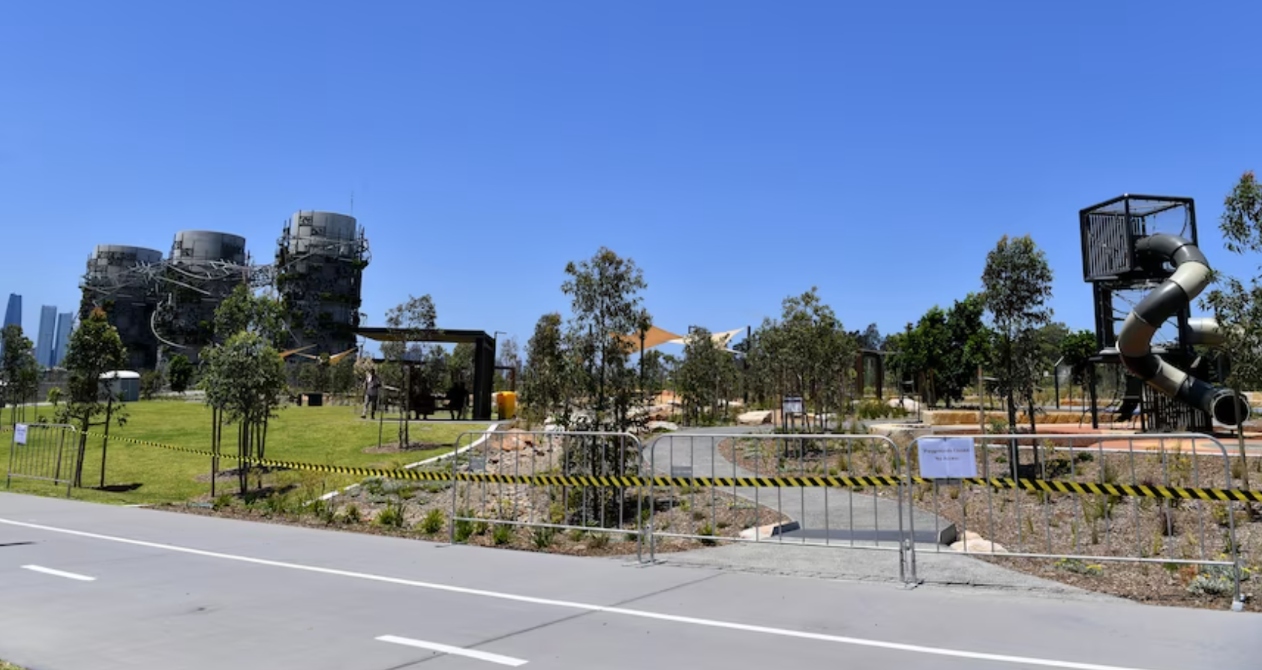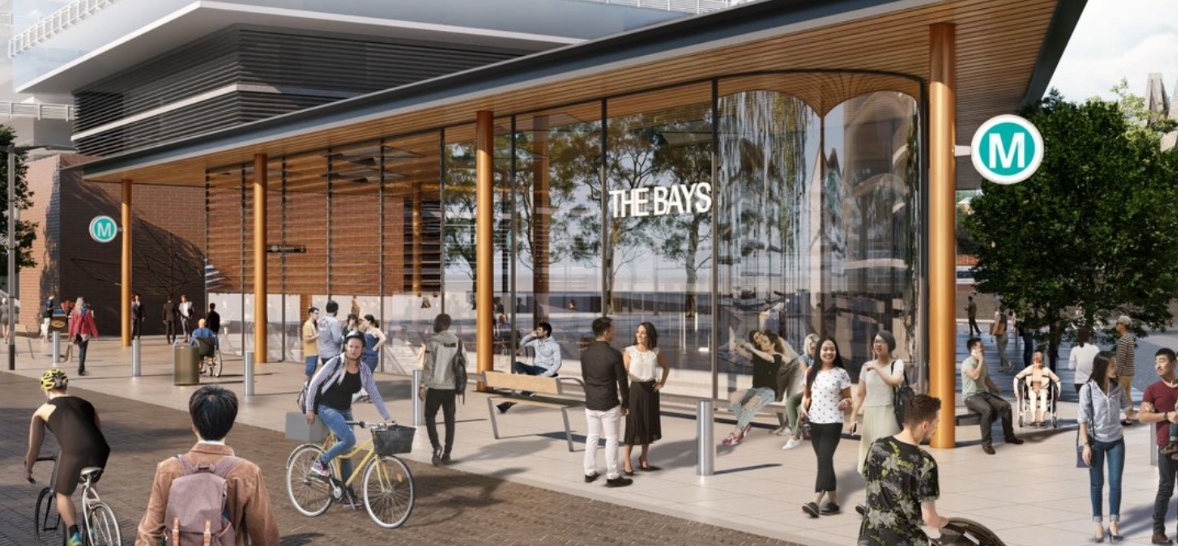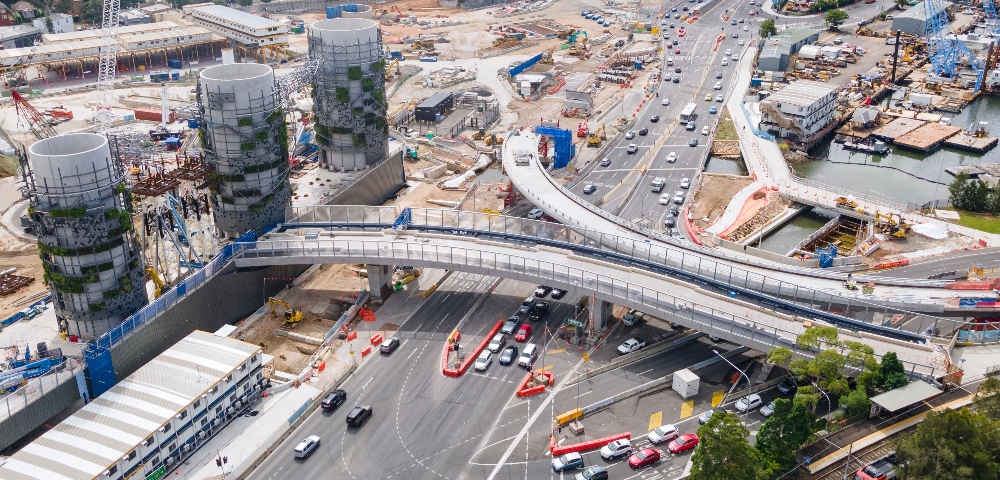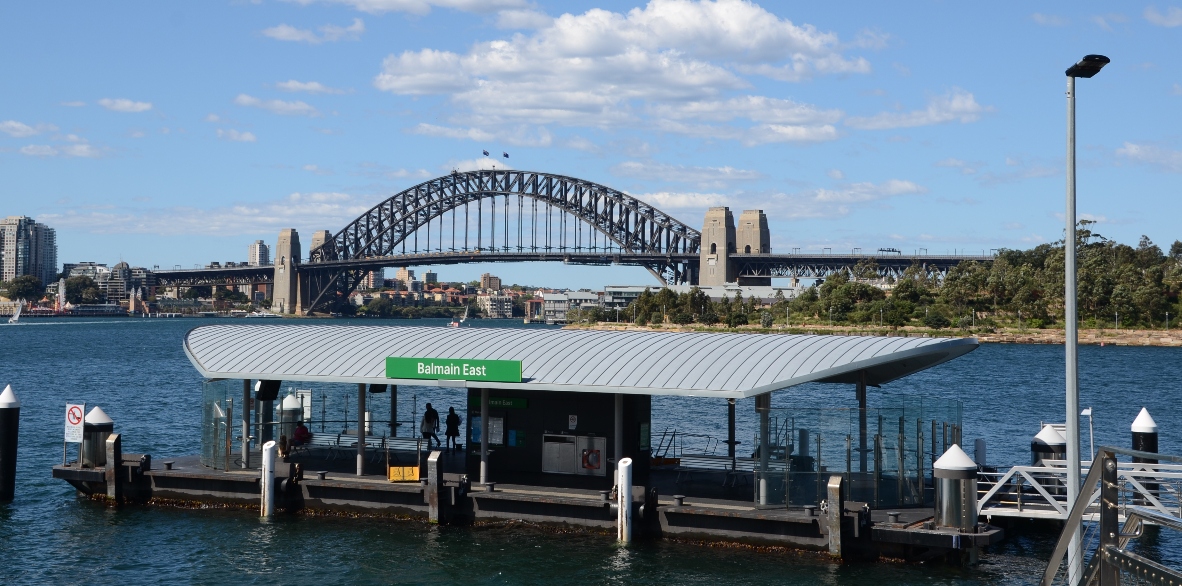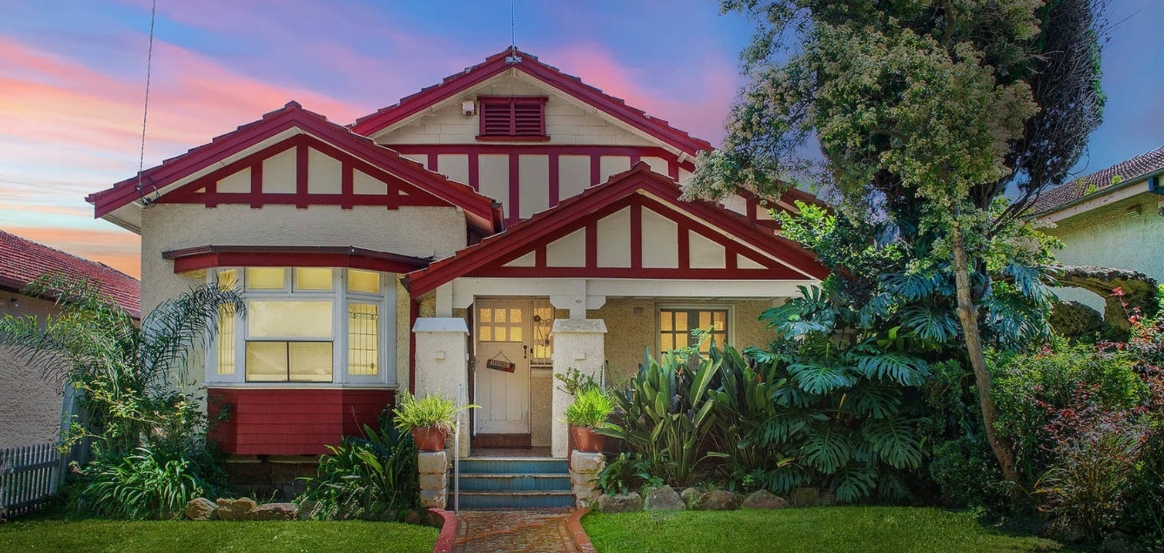
Inner West Council demerger urged

BY ALEC SMART
The newly elected Inner West Council is considering overturning the forced amalgamation that brought three councils together in May 2016, and return them to their constituent parts.
At the Inner West Council meeting on 24 October, councillors debated whether to hold a plebiscite on de-amalgamating Inner West Council. The issue was ultimately rejected by a majority vote of 8-7 involving fifteen councilors from five wards, the deciding vote cast by Mayor Darcy Byrne.
However, the issue remains controversial, with supporters of de-amalgamation rallying to consider alternative ways to implement the change.
The Mayor’s office issued a statement: “Council decided by majority that the motion would not be supported.. Council will not support a non-binding plebiscite that could cost ratepayers in excess of $1 million.
“Council heard.. that it cost $13 million to de-amalgamate the former Noosa Shire Council from Sunshine Coast Regional Council in late 2013/early 2014 (Queensland Boundaries Commission figures).”
The latter figure is based on reported costs to ratepayers after four Queensland communities, Noosa, Douglas, Mareeba and Livingstone, dissolved an unpopular forced-amalgamation. 76,183 constituents voted overwhelmingly in March 2013 to de-merge Sunshine Coast Regional Council and return to four previous shire boundaries.
In 2008 the Queensland Labor government began amalgamating 156 councils into 73, much like the 2016 NSW Liberal Government’s forced merger of Sydney metropolitan councils from 152 to 112.
Both sets of unwanted amalgamations provoked legal challenges and significant defections of voters in subsequent elections – Queensland Labor were ultimately voted out of office.
Mayor of Inner West Council, Darcy Byrne, said, “Council is not willing to spend more than a million dollars of rate payers’ money on a plebiscite when the NSW Liberal Government is refusing to make it binding.
“If the Government is thrown out at the next election, and the legislation changes, we absolutely support local people having a democratic say on the future of the amalgamation.”
Despite the setback, Inner West Independent Councillor John Stamolis is leading the conversation on reconversion, which would likely invoke Court hearings.
“We all remember what happened last year when Labor used ‘costs’ as a key argument not to pursue a challenge to the merger,” he told City Hub. “It was the biggest political miscalculation in the history of our Councils. We ended up forcibly merged, with our strong and progressive Councils looking weak and submissive. Labor, however, are still reluctant to commit funds to this process.”
Greens councillor Colin Hesse concurs.
“There are costs involved with returning to the former local government areas of Ashfeild, Leichhardt and Marrickville, but we Greens believe we should be up front with those costs and that residents should vote on the size of government they prefer.”
The amalgamations of metropolitan and rural councils across NSW was proposed in December 2015 as a measure to cut costs and increase efficiency, but Cr. Hesse is anxious that the Inner West Council’s budget won’t meet financial demands.
“Already, Councillors have been advised that the long term financial situation of the new council is poor, indeed no better at all than when there were three Councils, due to the key issues of funding: i.e. insufficient income from rates, State and Federal grants and cost-shifting by State and Federal Governments to local government.
“These costs have been exacerbated by the ad hoc imposition by the NSW Government of the WestConnex and Sydenham to Bankstown redevelopment, both of which have required significant local spending to analyse, correct State Government errors, and provision of infrastructure to support the State Government’s un-consulted plans.”
Independent Councillor Pauline Lockie is also disquiet about the financial stability and longevity of the new Inner West Council.
“I have huge concerns about our ongoing running costs if Inner West Council remains merged. For example, we found out last week that the cost of the forced merger is expected to run to around $46 million, of which only $10 million has been incurred so far.
“The NSW government has only provided a grant of $10 million to cover our merger costs, leaving us facing a huge financial black hole. On top of this, the NSW government has frozen rates and staffing levels for at least the next few years, leaving us with relatively few options for increasing our income and reducing our costs.
“Inner west residents have gone from having three Councils that were “fit for the future” to having one mega-council that’s facing serious financial issues unless tough decisions are made. That is the horrific yet entirely predictable result of the NSW government’s failed merger policy.”
In the NSW Government’s original plan for compulsory amalgamations of local council areas, the Inner West electorate was envisaged to merge six councils: Canada Bay, Strathfield, Burwood, Ashfield, Leichhardt and Marrickville.
Ultimately, the latter three merged, albeit inheriting suburbs from neighbouring counties in the geographic carve-up.
If the three original councils de-merged successfully, would they be able to continue to work together on shared interests?
Cr. Stamolis believes a shared history inspires a shared future.
“Our three councils have strong links with each other and also with several other councils. Joint agreements across councils have been in place for years and have provided cost efficiencies and enhanced service delivery.
“The benefits to our communities from these agreements completely overshadows anything that a merger will deliver. The majority of the benefit from the merger so far has been from tossing the most experienced people out. You can’t sustain that sort of business model for too long. You will need to return to seeking productivity growth and doing the real hard yards of business improvement, which is what we had been doing over many years before the mergers.”
Many critics argue the imposition of high-rise development and unpopular road construction schemes were among the key reasons the NSW Government forced local council amalgamations, in order to dilute and weaken opposition. With a devolved Inner West Council, will the three separate councils power be weakened when it comes to resisting the NSW Government’s unpopular development plans?
Cr. Lockie is confident that the opposite will prevail.
“With more councillors to represent people, and a stronger working knowledge of the day-to-day issues residents face in their local area, I think there’s every chance the demerged Councils will be able to fight controversial developments more effectively. The former Ashfield, Marrickville and Leichhardt Councils were certainly doing a good job of fighting WestConnex, which is no doubt a big reason why the former Premier Mike Baird forcibly merged them.”
But would Independent Councillors still have a voice if the Inner West Council dissolved, or will the big three dominate local interests?
Cr. Pauline Lockie is optimistic.
“If the Inner West Council dissolved, and we returned to a situation where more Councillors were elected to cover smaller wards, that would make it more possible for Independents to have a stronger voice – particularly as we tend to be extremely responsive to the residents we represent.”




